Are you tired of the endless cycle of procrastination? That nagging feeling of knowing you should be doing something important, yet finding yourself scrolling through social media, watching another video, or tackling less critical tasks? You’re definitely not alone. Procrastination is a common struggle, affecting people from all walks of life. But the good news is that it’s a habit that can be broken. In this comprehensive guide, we’ll delve deep into understanding the roots of procrastination and equip you with practical, long-term strategies to finally take control of your time and your tasks. Get ready to move from putting things off to powering through them!
Table of Contents
Understanding the Root Causes of Procrastination
Procrastination isn’t simply laziness; it’s a complex behavior driven by a variety of underlying factors. To effectively combat it, it’s crucial to understand why you procrastinate in the first place. Here are some of the most common root causes:

- Fear of Failure: This is a big one. You might avoid starting a task because you’re afraid you won’t do it well enough. The thought of not meeting your own (or others’) expectations can be paralyzing.
- Perfectionism: The pursuit of perfection can ironically lead to procrastination. If you believe everything has to be flawless, you might delay starting, fearing you can’t achieve that level of perfection.
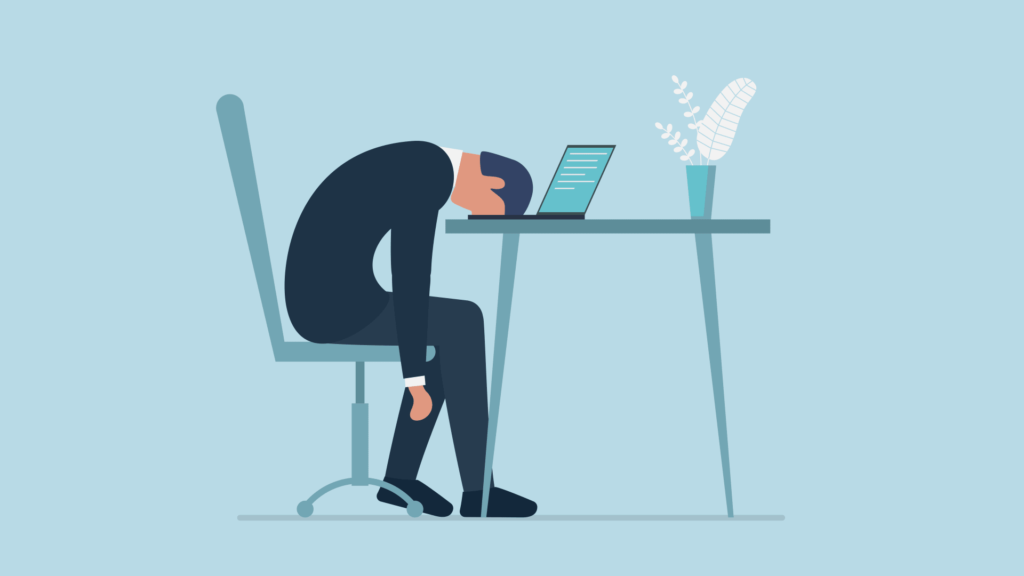
- Lack of Motivation: Sometimes, you simply don’t feel motivated to do a task. It might seem boring, irrelevant, or too difficult. Without motivation, it’s easy to put things off.
- Feeling Overwhelmed: Large, complex tasks can feel daunting. When you don’t know where to start or how to break down a project, you might procrastinate simply because you’re overwhelmed.
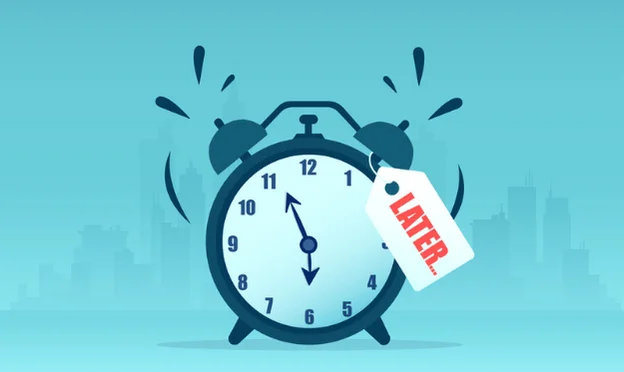
- Poor Time Management: Without effective time management skills, it’s easy to fall behind and procrastinate. If you don’t prioritize tasks, set deadlines, or allocate your time wisely, you’re more likely to put things off.
Understanding these root causes is the first step in overcoming procrastination. By identifying the specific factors that contribute to your own procrastination habits, you can begin to develop strategies to address them directly.
Identifying Your Personal Procrastination Style
Everyone experiences procrastination differently.
Recognizing your personal procrastination style is key to choosing the right strategies for overcoming it.
By understanding the specific ways you procrastinate, you can target the root causes more effectively and work smarter, not harder.
1. The Perfectionist
Perfectionists procrastinate because they fear that their work will never be good enough.
Instead of starting tasks, they wait for the “perfect” moment — which often never comes.
Signs you are a Perfectionist:
- You constantly revise or restart projects.
- You feel anxious when a task isn’t absolutely flawless.
- Deadlines stress you out because you want everything to be ideal.
Recommended Tool:
Check out The Gifts of Imperfection by Brené Brown — an excellent guide for overcoming perfection-driven procrastination. 📚
| 🔵 Chasing Perfection | 🟢 Taking Action |
|---|---|
| Waits for the “perfect” moment to start | Starts with what’s available now |
| Focuses on tiny flaws and endless revisions | Focuses on steady progress and completion |
| Experiences constant fear of mistakes | Accepts mistakes as part of the learning process |
2. The Dreamer

Dreamers love to plan and think about big ideas but struggle when it comes to execution.
They often procrastinate by staying in the planning stage without ever taking action.
Signs you are a Dreamer:
- You enjoy brainstorming but delay doing the actual work.
- You lose interest when things get detailed or tedious.
- You wait for inspiration to strike.
Recommended Tip:
Use simple task managers like Todoist or Notion to break goals into actionable steps.
3. The Avoider
Avoiders procrastinate to escape tasks that cause anxiety, fear, or discomfort.
They prefer to stay busy with easier tasks instead of facing important but challenging ones.

Signs you are an Avoider:
- You distract yourself with minor activities.
- You feel overwhelmed easily and shut down.
- You use phrases like “I’ll do it later” often.
Recommended Tool:
A simple Focus Timer App (like the Pomodoro method) can help by breaking tasks into smaller, less intimidating chunks.
4. The Busy Procrastinator

This type of procrastinator fills their schedule with low-priority tasks, convincing themselves they are productive while ignoring truly important work.
Signs you are a Busy Procrastinator:
- Your calendar is packed, but key goals stay untouched.
- You prefer doing easy wins rather than hard, meaningful tasks.
- You feel busy yet unaccomplished at the end of the day.
Recommended Tip:
Prioritize using the Eisenhower Matrix — distinguishing “urgent” from “important” tasks.
Practical Strategies for Immediate Action
Procrastination can feel like a heavy wall between you and your goals. Fortunately, you don’t need to wait for motivation to strike — you can break the cycle with simple, effective steps that encourage immediate progress.
1. Use the 2-Minute Rule
Start with any task that takes less than 2 minutes to complete. This method builds momentum and helps you bypass mental resistance.
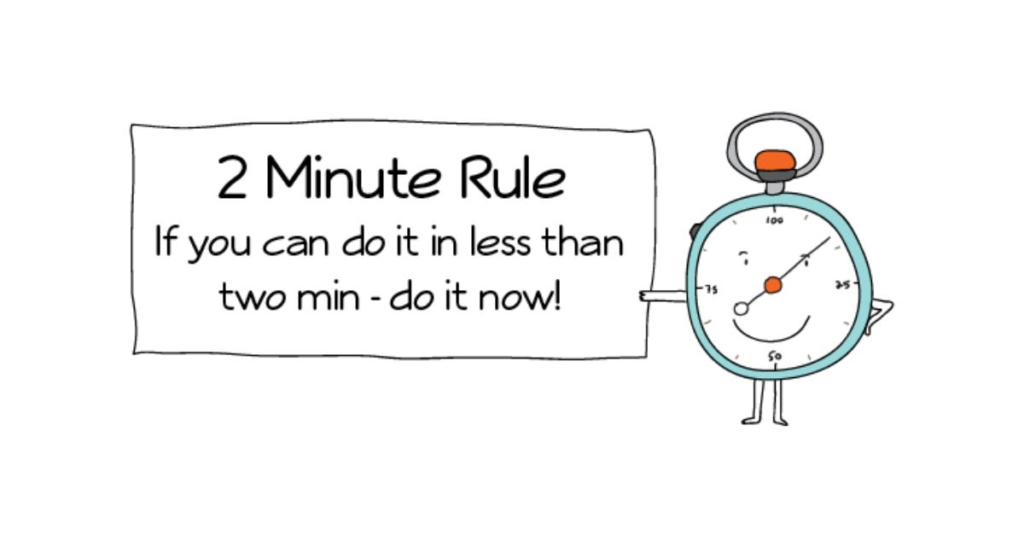
2. Break Tasks Into Micro-Steps
Large tasks often trigger procrastination because they feel overwhelming. Break them into tiny, manageable actions — like “Open document” or “Write the title.”

3. Set a Countdown Timer (Pomodoro Technique)
Work in short, focused sprints — for example, 25 minutes of deep work followed by a 5-minute break. Timers create urgency and reduce distractions.

4. Use Visual Checklists
Seeing tasks checked off gives a dopamine boost. It also adds a sense of control and closure, helping you stay on track.
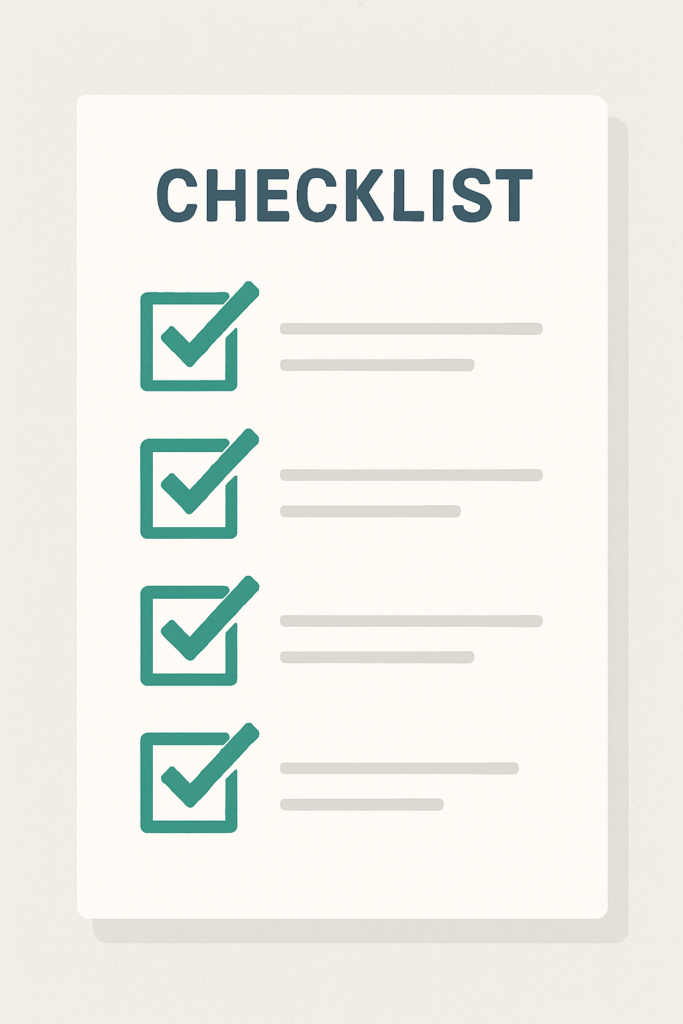
5. Change Your Environment
Your surroundings can fuel or fight procrastination. A clean, distraction-free workspace often leads to more productive sessions.

6. Apply the “Just 5 Minutes” Rule
If a task feels unbearable, tell yourself you’ll only do it for 5 minutes. Once you start, it’s easier to keep going.

Long-Term Techniques for Building Better Habits
Overcoming procrastination in the short term is great — but if you want results that last, you need to focus on building habits that stick.
Here are simple but powerful techniques to help you create long-term change.
1. Stack New Habits onto Old Ones
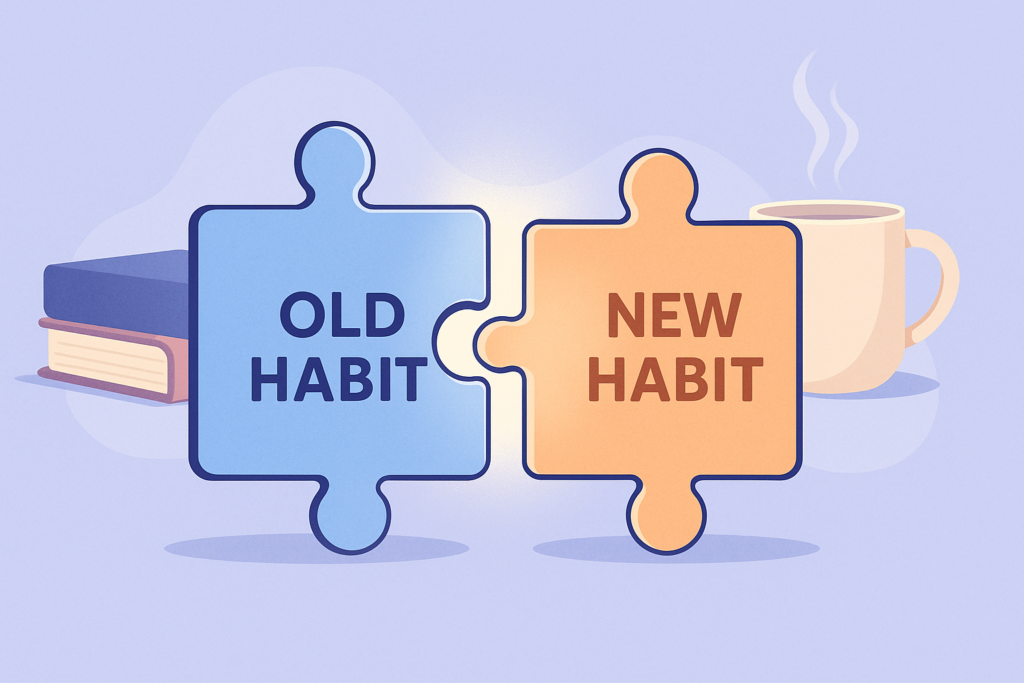
Habit stacking links a new habit to something you already do daily.
This makes it easier to remember and more automatic over time.
💡 Example:
“After I brush my teeth, I’ll write down my top goal for the day.”
2. Track Your Progress Visually
Tracking progress makes your effort visible and rewarding.
Use a calendar or a habit tracker app to mark each day you stick to your habit — this builds momentum.
➡️ Daily Habit Tracker Calendar — great for staying organized and motivated.
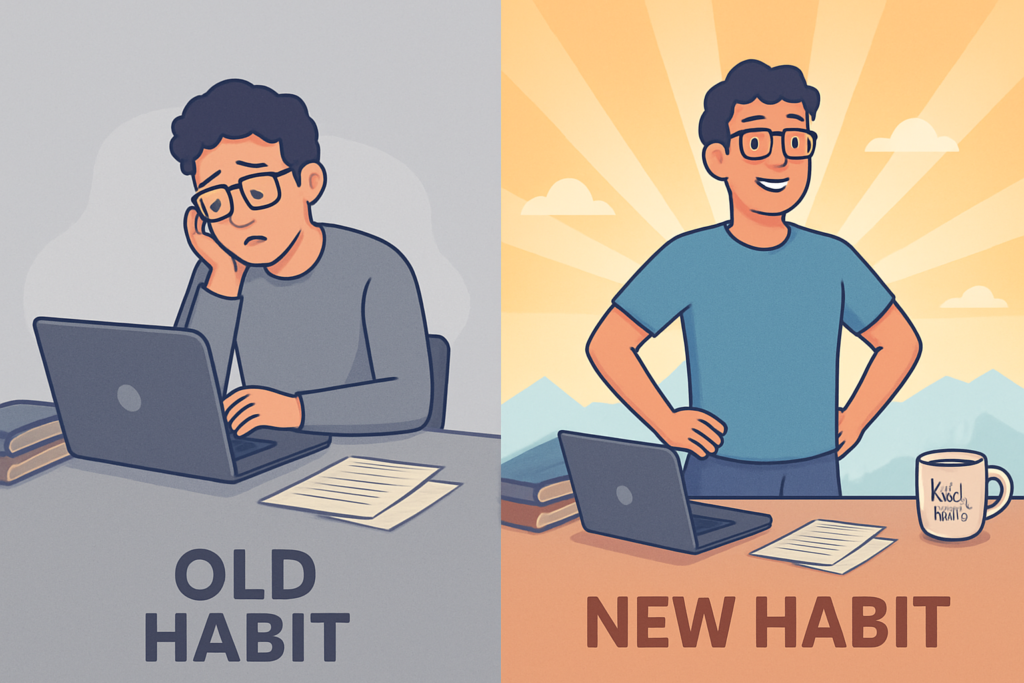
3. Use Identity-Based Habits
Focus on who you want to become, not just what you want to do.
❌ Don’t say: “I want to stop procrastinating.”
✅ Do say: “I’m someone who takes action right away.”
4. Don’t Break the Chain
This method, popularized by Jerry Seinfeld, is simple:
Do your habit daily. Mark an “X” on your calendar.
Your only job? Don’t break the chain.
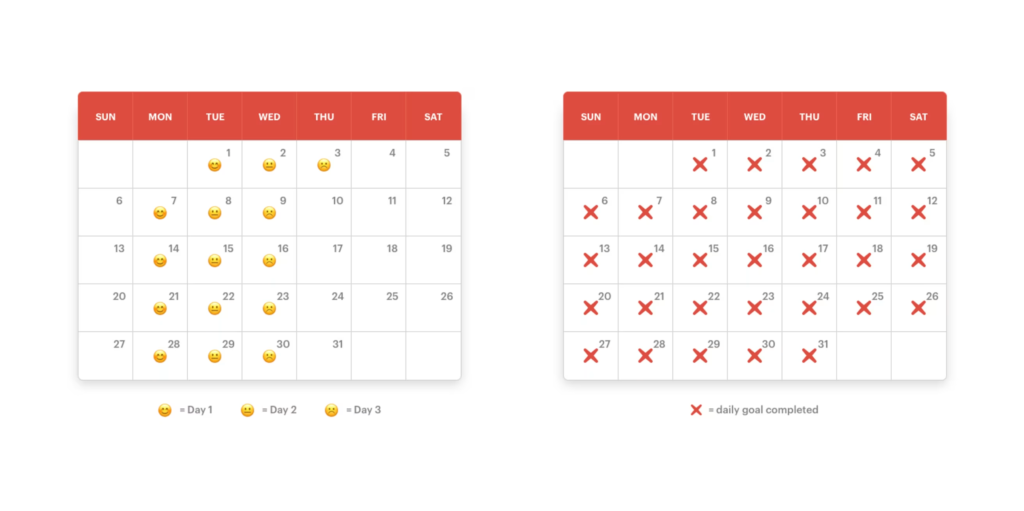
5. Review & Adjust Monthly
Once a month, reflect:
- What’s working?
- What’s dragging you down?
- What’s worth doubling down on?
Small changes = long-term success.

6. Celebrate Small Wins
Every habit you build deserves recognition.
Reward yourself when you hit milestones — it makes the process enjoyable and sustainable.
The Role of Motivation and Goal Setting
Procrastination often isn’t just about laziness — it’s about unclear goals and lack of motivation. When your “why” isn’t strong enough or your targets feel vague, it’s easy to delay action. Here’s how understanding motivation and goal setting can help you overcome procrastination for good.
Why Motivation Matters
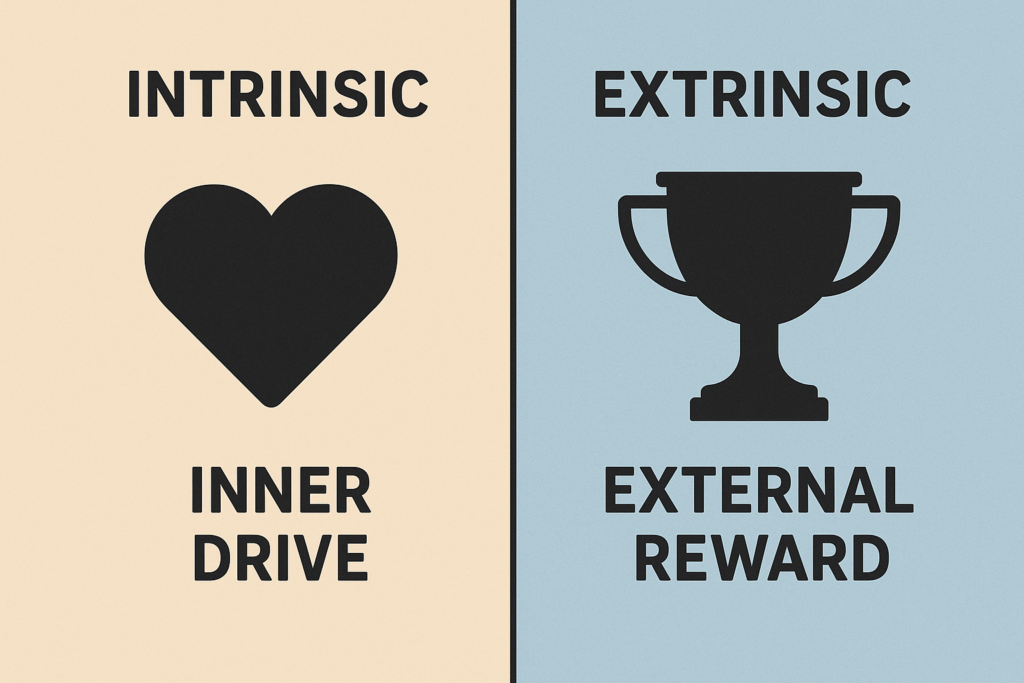
Motivation fuels action. It gives your tasks meaning and urgency.
There are two main types:
- Intrinsic motivation – driven by personal growth or fulfillment.
- Extrinsic motivation – driven by rewards, deadlines, or recognition.
💬 Example:
Studying because you want to master a subject (intrinsic) vs. studying to pass an exam (extrinsic).
Goal Setting as a Roadmap
Without goals, your energy has no direction. Setting clear, achievable goals keeps you focused and accountable.
Use the SMART goal framework:
- Specific
- Measurable
- Achievable
- Relevant
- Time-bound
🎯 Example Goal:
“Write 500 words per day for the next 14 days” instead of “Write more.”
➡️ Goal Setting Planner – A simple daily planner with SMART goal templates and reflection pages.
Connect Your Goals to Your Values

The strongest motivation comes when your goals align with your values. Ask yourself:
- Why does this goal matter to me?
- What will achieving it mean for my future self?

Tip: Break Big Goals into Mini Milestones
Big goals can feel overwhelming. Break them into smaller steps to gain momentum and reduce procrastination.
📝 Instead of:
“Launch a YouTube channel”
✅ Try: “Write video script,” “Record intro,” “Create thumbnail,” etc.
Managing Negative Thoughts and Self-Talk
One of the biggest hidden drivers of procrastination is the way you talk to yourself.
When your inner dialogue is full of doubt, fear, or harsh criticism, it becomes harder to take action.
Learning to manage negative thoughts and self-talk is key to building confidence and making consistent progress.
How Negative Self-Talk Traps You

Common procrastination-related thoughts might include:
- “I’ll never get it right.”
- “It’s too late to start now.”
- “I’m not smart/motivated/disciplined enough.”
These thoughts create mental roadblocks. You end up stuck — not because you’re lazy, but because you feel defeated before you even begin.
Reframe Your Inner Dialogue
The goal isn’t to ignore negative thoughts — it’s to challenge and reframe them.
Try turning critical self-talk into encouraging, action-focused thoughts.
| ❌ Old Thought | ✅ Reframed Thought |
|---|---|
| “I’m so behind; what’s the point?” | “Starting now is better than never.” |
| “I always mess this up.” | “Every time I try, I improve a little.” |
| “I need to be perfect.” | “Done is better than perfect.” |
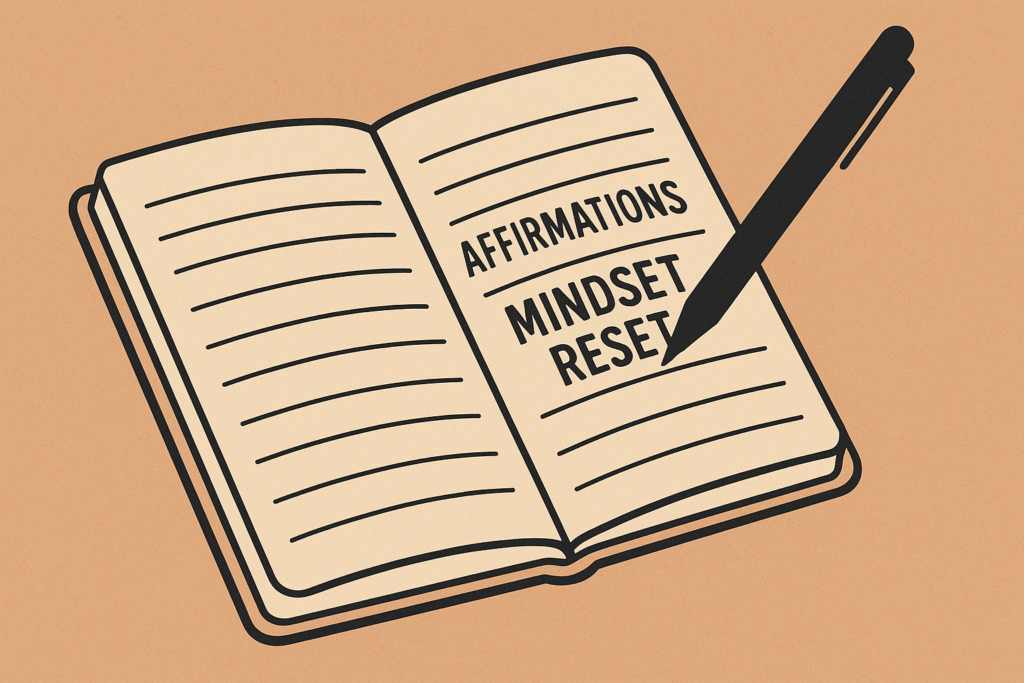
Use Journaling or Affirmations
Writing out your fears or repeating positive affirmations helps you separate fact from fear and replace negative patterns.
➡️ The 5-Minute Journal – A daily journal that guides you through gratitude, affirmations, and reflection.
Practice Mindfulness & Mental Distance

Sometimes we mistake our thoughts for truths.
Techniques like mindfulness and cognitive distancing help you observe thoughts without reacting to them.
💭 Example:
“I’m noticing the thought that I can’t do this… but that doesn’t mean it’s true.”
Repeat and Reinforce
Changing your self-talk is a habit, not a one-time fix.
The more often you catch and reframe negative thoughts, the weaker procrastination’s grip becomes.

Utilizing Technology and Tools to Combat Procrastination
Procrastination is a common hurdle, but the right digital tools can help you stay focused and productive. Here’s how to use technology to fight procrastination and boost your output.
1. Task Management Apps
Stay organized and reduce procrastination with task management tools. These apps break tasks into smaller steps and set reminders to keep you on track.
Popular Tools:
- Todoist, Trello, Asana
Key Features:
- Prioritize tasks
- Set deadlines and reminders
📌 Pro Tip: Organizing tasks visually makes it easier to focus and reduce procrastination.
2. Time Blocking with Calendar Apps
Structure your day with time-blocking. Calendar apps help allocate time for each task, ensuring you stay on track.
Popular Tools:
- Google Calendar, Outlook
Key Features:
- Visualize tasks
- Set reminders for meetings and deadlines
⏰ Pro Tip: Time-blocking ensures you have time for both work and rest, reducing the chance of procrastination.
3. Pomodoro Technique Apps
The Pomodoro Technique helps you work in focused bursts with short breaks. It’s a great way to prevent procrastination and stay productive.
Popular Tools:
- Focus Booster, Be Focused
Key Features:
- Work intervals
- Short breaks for focus
⚡ Pro Tip: Short, focused sessions keep you energized and motivated to avoid procrastination.
4. Website Blockers
Minimize distractions by blocking distracting websites during work sessions. These tools help you stay focused and fight procrastination.
Popular Tools:
- Freedom, StayFocusd
Key Features:
- Block social media
- Set custom block times
📵 Pro Tip: Blocking distractions during work hours makes it easier to stay productive.
5. Mindfulness Apps
Clear your mind and improve focus with mindfulness and meditation apps. These tools can help reduce stress and prevent procrastination.
Popular Tools:
- Headspace, Calm
Key Features:
- Guided meditation
- Stress reduction
🧘♂️ Pro Tip: A few minutes of mindfulness can refresh your mind and reduce the urge to procrastinate.
6. Digital Notebooks
Stay organized and reduce procrastination by using digital note-taking apps. Keep all your tasks and ideas in one place.
Popular Tools:
- Evernote, OneNote
Key Features:
- Create checklists and to-do lists
- Sync across devices
📝 Pro Tip: Keep a running list of tasks to stay on top of everything and avoid missing important details.
Addressing Underlying Issues: When to Seek Professional Help
Procrastination is often seen as a simple bad habit or lack of discipline. However, it can be a symptom of deeper, underlying issues. While many people can overcome procrastination with strategies and self-discipline, there are times when the problem goes beyond willpower and needs professional intervention. If you find that procrastination is affecting your personal or professional life, it may be time to consider seeking help from a professional.
1. Understanding the Root Causes of Procrastination
Before addressing procrastination, it’s important to recognize that it’s rarely just about laziness. Procrastination can be tied to several psychological factors, such as:
Common Underlying Issues:
- Anxiety: Fear of failure or perfectionism can cause you to avoid tasks.
- Depression: Low energy and a lack of motivation can lead to chronic procrastination.
- ADHD: Difficulty with focus, impulsivity, and task management can make procrastination more common.
- Chronic Stress: Being overwhelmed by responsibilities can lead to avoidance and procrastination.
📊 Pro Tip: Understanding the underlying issue behind your procrastination can help you determine whether professional help is needed.
2. Signs That Procrastination is a Deeper Issue
It’s important to differentiate between occasional procrastination and more serious, persistent patterns. If procrastination is causing significant disruption in your life, it might be time to seek professional help.
When to Seek Professional Help:

- Chronic Procrastination: If you’ve been struggling with procrastination for months or years despite trying self-help techniques, it could indicate a deeper issue.
- Negative Impact on Your Life: Procrastination that leads to missed deadlines, poor performance at work, or damaged relationships can be a sign that something more serious is at play.
- Physical or Emotional Symptoms: If procrastination is accompanied by symptoms like insomnia, constant fatigue, irritability, or feelings of worthlessness, professional intervention may be necessary.
🔴 Warning Sign: If procrastination is affecting your mental health, relationships, or career, it’s important to reach out to a professional.
3. Types of Professional Help for Procrastination
If procrastination is a sign of an underlying issue, several types of professionals can help you address the root cause. Here are a few options:

Therapists and Counselors
- If procrastination is related to anxiety, depression, or stress, a therapist can help you explore the emotional and cognitive factors that contribute to avoidance behavior. Cognitive-behavioral therapy (CBT) is particularly effective in addressing procrastination.
Psychiatrists
- For more serious cases, especially if there’s a diagnosed mental health disorder like depression or ADHD, a psychiatrist may prescribe medication or recommend therapy to address the root cause.
Coaches and ADHD Specialists
- For individuals with ADHD or attention difficulties, an ADHD coach can provide personalized strategies to manage procrastination and improve focus.
🧑⚕️ Pro Tip: Speaking to a therapist or coach who specializes in procrastination can help identify the root cause and create a tailored plan to overcome it.
4. Self-Assessment: When to Reach Out for Help
Sometimes, it’s difficult to determine whether your procrastination is something that can be solved on your own or if professional help is needed. Here are some self-assessment questions:
- Do you feel overwhelmed and unable to complete simple tasks?
- Do you experience feelings of guilt or shame because of procrastination?
- Is procrastination affecting your mental health or daily functioning?
If you answered “yes” to any of these questions, it may be time to consider professional help.
🤔 Pro Tip: Self-assessment tools or questionnaires available online can help you evaluate whether procrastination is something that can be addressed with self-help or if professional guidance is required.




